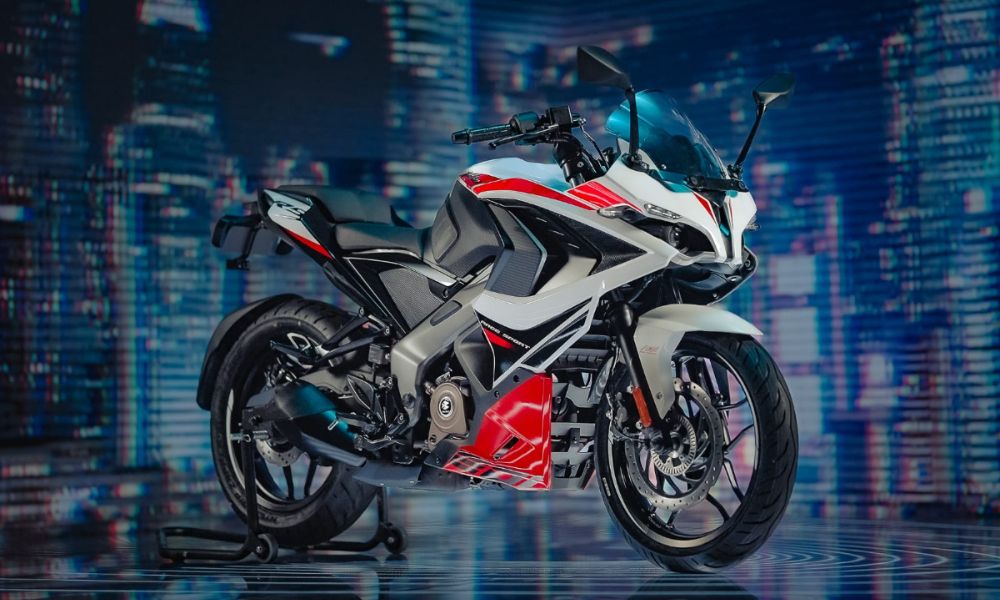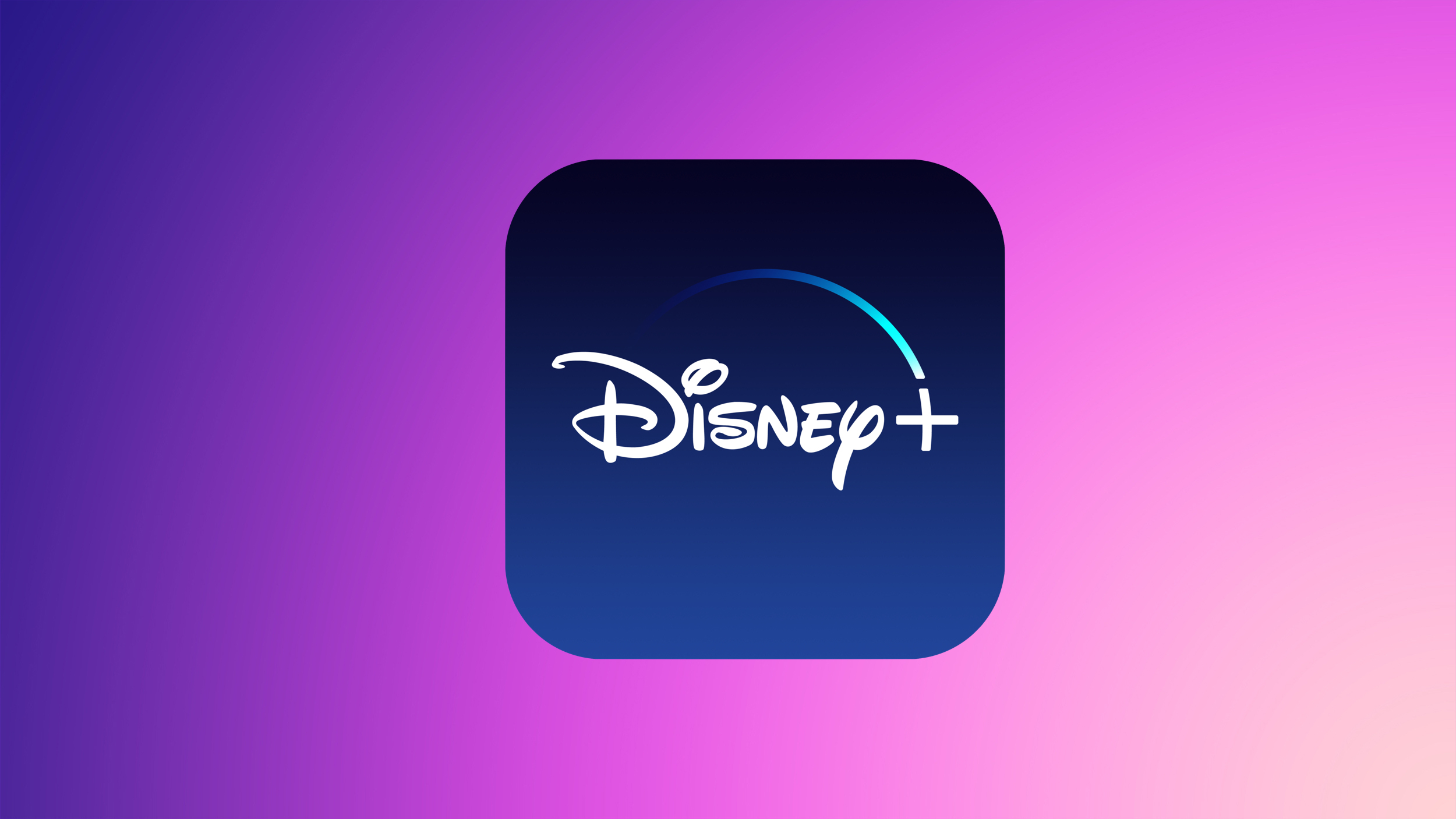Photoshop’s new AI-powered tricks will fix your biggest mistakes
Adobe Photoshop has been the gold standard in photo editing for over three decades, so it was only a matter of time until it embraced the tricks seen in the best AI art generators – and it’s now done just that in the form of a new tool called Generative Fill.
The new tool, which lets you extend images or add objects to them using text prompts, certainly isn’t the first AI-powered feature we’ve seen in Photoshop. Generative Fill is also a user-friendly development of existing Adobe tools, like Content Aware Fill, but it’s also one of the most significant new Photoshop features we’ve seen for years.
That’s because it leans on the power of Adobe Firefly, the company’s new generative AI engine, to help you fix big compositional mistakes or completely reinvent an image’s contents. In Adobe’s demos, images in portrait orientation are instantly turned into ones in landscape – with Photoshop simply inventing the sides of the photo based on the original image.
While some of those examples are quite subtle, others have a very obvious art aesthetic. For example, a photo of a corgi is turned into one with very obviously fake bubbles and a van in the background.
Adobe clearly sees Generative Fill as a tool for both beginners and pros, but the new text-to-image prompt box is certainly a useful touch for those who don’t know Photoshop’s existing tools. You can use this to add small details to an image or completely change its background – in another demo, a deer is moved from its forest background to a city thanks to the prompt ‘wet alley at night’.
Of course, none of this will be new to fans of Midjourney or Dall-E, which have helped spark this year’s boom in text-to-image generation.
But Adobe is keen to stress that AI tools like Generative Fill model have only been trained on Adobe Stock images, openly-licensed content, and public domain content where the copyright has expired. This means they can be used for commercial use without the threat of class-action lawsuits from artists who claim some AI models have stolen their work.
While Generative Fill is only rolling out to the full Photoshop app in the “second half of 2023”, there are a couple of ways you can try it out now. First, it’s available in Photoshop’s desktop beta app, which you can get by going to the Creative Cloud desktop app, choosing Beta apps in the left sidebar, then installing it from there.
The feature is also available as a module within the web-only Adobe Firefly, which was also recently added to Google Bard. To use Firefly in Bard, you can simply write your image request (for example, ‘make an image of a unicorn and a cake at a kid’s party’) and it’ll do the rest. What a time to be alive.
Analysis: Photoshop battles its new AI rivals
Some of the effects created by the Firefly-powered Generative Fill are more clearly AI-generated. (Image credit: Adobe)
Like Google, Adobe is a giant incumbent that’s under attack from AI upstarts like OpenAI and Midjourney. While Firefly and Photoshop’s Generative Fill aren’t doing things we haven’t seen before, they are doing them in a measured way that sidesteps any copyright issues and helps maintains its reputation.
Photoshop’s embrace of generative AI also brings these tools fully into the mainstream. The image editor may not be the dominant force it was before the likes of Canva, Affinity Photo and GIMP arrived to offer more affordable alternatives, but it remains one of the best photo editors around and certainly one of the most widely used.
From Adobe’s early demos, it looks like Generative Fill is in its early days and produces mixed results, depending on your tastes. In some images, the effects are subtle and realistic, while in others – particularly images where large parts of entirely AI-generated – the results are clearly AI-generated and may not date very well.
Still, the arrival of Generative AI alongside other new features like the Remove Tool –another development of the Photoshop’s existing ability to let you eliminate unwanted objects – is only a good thing for those who aren’t familiar with the app’s sometimes arcane interface.
And it’s another step towards the AI tools, like DragGAN, that will completely change photography as we know it.






